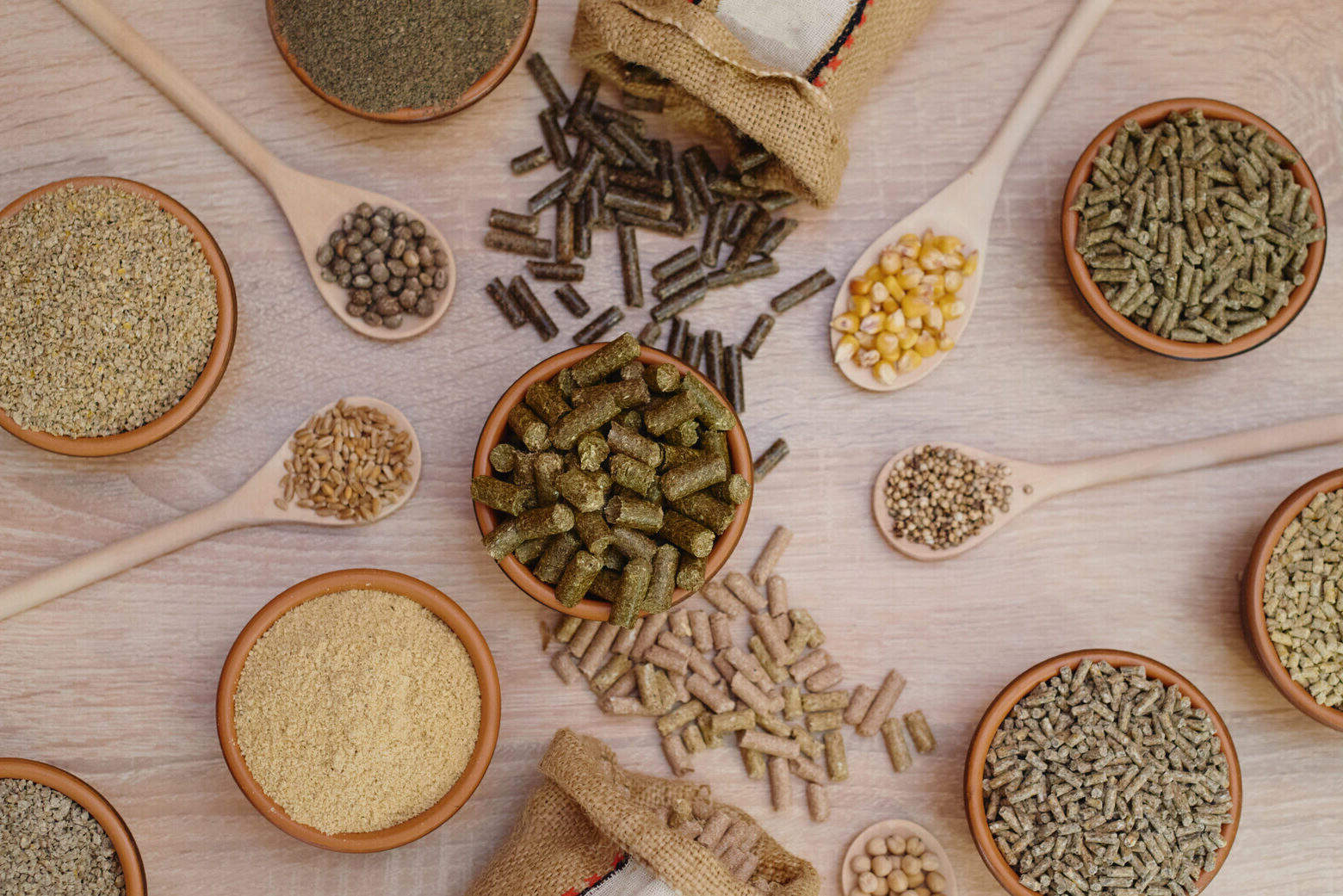
Ever wondered what goes into the food that keeps your pets and livestock healthy? Animal feed is a crucial part of raising strong, happy animals, but there's a lot more to it than just tossing some grains into a trough. From the types of ingredients used to the nutritional science behind each pellet, understanding animal feed can help you make better choices for your furry, feathered, or hooved friends. Did you know that animal feed can include everything from corn and soybeans to fish meal and vitamins? Whether you're a farmer, pet owner, or just curious, these 20 facts about animal feed will give you a deeper appreciation for what keeps animals thriving.
What is Animal Feed?
Animal feed is a crucial part of livestock farming. It provides the necessary nutrients for animals to grow, reproduce, and stay healthy. Here are some interesting facts about animal feed that you might not know.
-
Animal feed can be divided into two main categories: roughages and concentrates. Roughages include hay, silage, and pasture, while concentrates are grains and protein supplements.
-
The global animal feed market was valued at over $400 billion in 2020. This market continues to grow as the demand for meat and dairy products increases.
-
Corn is the most widely used grain in animal feed. It provides a high-energy source for livestock, especially poultry and swine.
Nutritional Components of Animal Feed
Understanding what goes into animal feed can help us appreciate its importance. Here are some key nutritional components found in animal feed.
-
Proteins are essential for growth and repair of tissues. Soybean meal is a common protein source in animal feed.
-
Carbohydrates provide energy. Grains like corn, barley, and wheat are rich in carbohydrates.
-
Fats are concentrated energy sources. Animal fats and vegetable oils are often added to feed to increase energy density.
-
Vitamins and minerals are crucial for various bodily functions. Premixes of vitamins and minerals are added to ensure animals get all the nutrients they need.
Types of Animal Feed
Different animals require different types of feed. Let's explore some of the common types of animal feed.
-
Complete feeds are formulated to meet all the nutritional needs of a specific animal. They are often used for pets and poultry.
-
Supplements are added to basic feed to provide additional nutrients. They can include vitamins, minerals, and amino acids.
-
Premixes are blends of vitamins, minerals, and other nutrients. They are mixed with other feed ingredients to create a balanced diet.
Animal Feed Production
The production of animal feed involves several steps. Here are some interesting facts about how animal feed is made.
-
Grinding is the first step in feed production. It reduces the size of grains and other ingredients to make them easier to mix and digest.
-
Mixing ensures that all ingredients are evenly distributed. This step is crucial for creating a balanced feed.
-
Pelleting involves compressing the feed into small, dense pellets. This makes it easier to handle and reduces waste.
-
Extrusion is a process used to make pet food and some livestock feeds. It involves cooking the feed under high pressure and temperature to improve digestibility.
Environmental Impact of Animal Feed
Animal feed production has a significant impact on the environment. Here are some facts about its environmental footprint.
-
Feed production accounts for about 45% of the greenhouse gas emissions from livestock farming. This includes emissions from growing, processing, and transporting feed.
-
Deforestation is often linked to animal feed production. Large areas of forest are cleared to grow soybeans and other feed crops.
-
Water usage in feed production is substantial. It takes about 1,800 gallons of water to produce one pound of beef, much of which is used to grow feed crops.
Innovations in Animal Feed
Advancements in technology are leading to new and improved types of animal feed. Here are some exciting innovations in the field.
-
Insect-based feed is gaining popularity as a sustainable alternative to traditional feed ingredients. Insects like black soldier fly larvae are rich in protein and can be produced with minimal environmental impact.
-
Algae-based feed is another sustainable option. Algae can be grown in water and provide a rich source of protein and omega-3 fatty acids.
-
Precision feeding uses technology to tailor feed to the specific needs of individual animals. This can improve efficiency and reduce waste.
Final Thoughts on Animal Feeding
Understanding animal feeding is crucial for anyone involved in animal care or agriculture. Proper nutrition ensures animals stay healthy, grow efficiently, and produce quality products. Different animals have unique dietary needs, so it's important to tailor their feed accordingly. For instance, ruminants like cows need a diet rich in fibrous plants, while monogastric animals like pigs thrive on grains and protein.
Feed additives can enhance growth, improve digestion, and boost immunity. However, overuse can lead to resistance or health issues. Always follow guidelines and consult with a veterinarian or animal nutritionist.
Sustainable feeding practices, like using locally sourced ingredients and reducing waste, benefit both animals and the environment. By staying informed and making thoughtful choices, you can contribute to healthier animals and a more sustainable world.
Was this page helpful?
Our commitment to delivering trustworthy and engaging content is at the heart of what we do. Each fact on our site is contributed by real users like you, bringing a wealth of diverse insights and information. To ensure the highest standards of accuracy and reliability, our dedicated editors meticulously review each submission. This process guarantees that the facts we share are not only fascinating but also credible. Trust in our commitment to quality and authenticity as you explore and learn with us.


